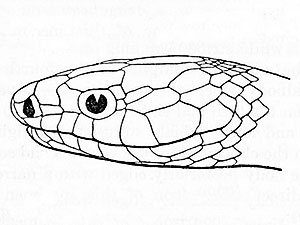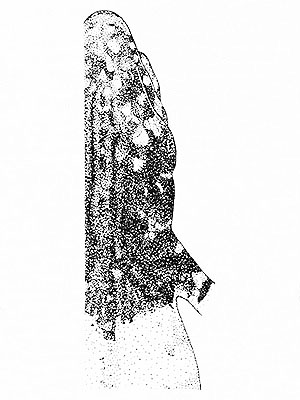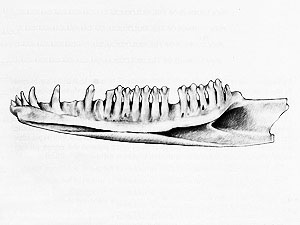Hispaniolan Woodcock (Scolopax brachycarpa)
This species was first recorded from a Holocene fossil site from Trouing Jean Paul, a high elevation limestone sinkhole in the Massif de la Selle, Haiti, which represents the prey remains of the the endemic Ashy-faced Barn Owl (Tyto glaucops (Kaup)). These can be dated to an age of about 1000 CE, thus date to a time when most of the larger endemic bird – and mammal species already had been extirpated by the first Amerindian settlers, but still some 500 years before the arrival of the first European conquerors. [1][2]
***
No woodcock species is today known to inhabit the Caribbean region, but formerly there appears to have been a small radiation of at least two species, maybe some more to be discovered in the future.
The Hispaniolan Woodcock most likely disapperaed due to hunting and habitat destruction, it may even have survived into quite historical times, but this assumption needs to be proven.
********************
References:
[1] David W. Steadman; Oona M. Takano: A late-Holocene bird community from Hispaniola: Refining the chronology of vertebrate extinction in the West Indies. Holocene 23(7): 936-944. 2013
[2] Oona M. Takano; David W. Steadman: A new species of Woodcock (Aves: Scolopacidae: Scolopax) from Hispaniola, West Indies. Zootaxa 4032(1): 117-126. 2015
********************
edited: 26.01.2019







